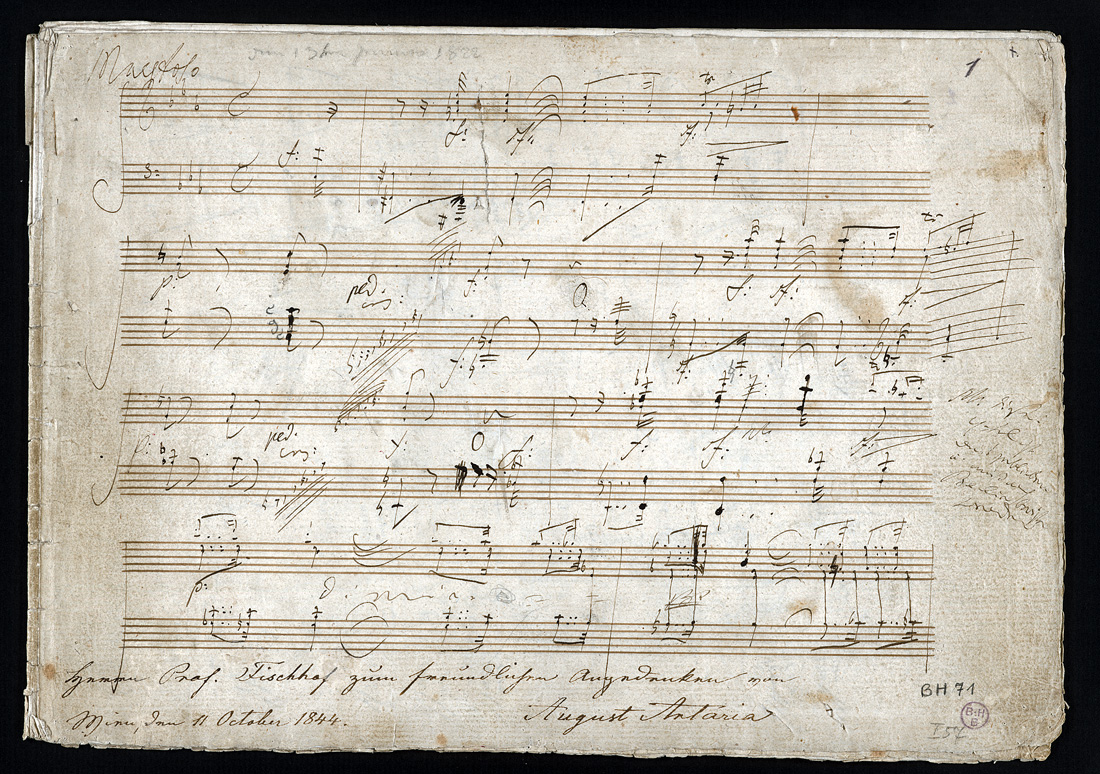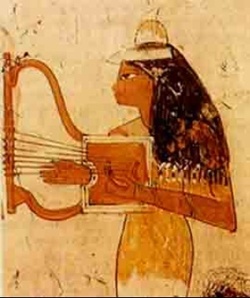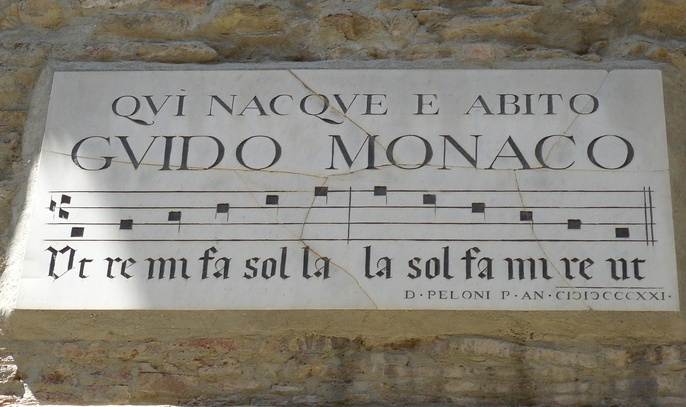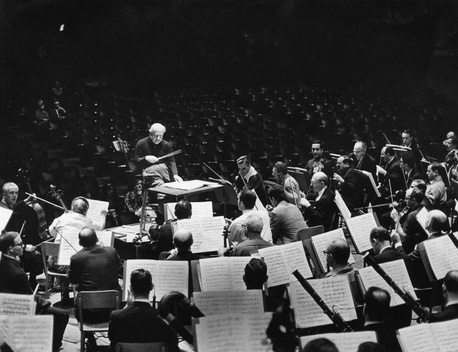The Development of Instrumental Program Music from Ancient Times to the Era of Television Drama11/10/2012 The Development of Instrumental Program Music from Ancient Times to the Era of Television Drama by Teresa Martin--@Teresa__Martin The progression of instrumental music and its ability to stir the soul has been with humanity since the first instrument was created. Originally intended by our human ancestors to accompany sung prayers, instrumental music has had a long and progressive movement culminating in program music utilized in works created both for movies and television shows. This has made possible beloved soundtracks, not the least of which is the one which enhances the drama on ABC’s Once Upon A Time. Archaeological excavations have proven that music has always been an integral part of human existence. Primarily it was used in religious rituals. These tended to be in the form of chant, with occasional uses of pitches that would step and slide. The instruments that were created for the accompaniment would be rhythmic with some pitch. Pictorial evidence from Egypt shows the lyre, while Indian cultures utilized varied string instruments, and Chinese cultures created what some consider an ancestor of the violin, the erthu.* By approximately 6000-1000 B.C. these instruments and those like them became common not only in religious rituals, but for dance, celebrations, and processions. The development of modern Western music occurred within the institutions of the Catholic Church particularly after the Fall of Rome. The Eastern Catholic Rites contributed by establishing complex chants and harmonies, but were, and remain, vocally based, and hence did not lead to the development of secular musical instruments. The Latin Rite of the Church, the one most common in the West, is similar to its Eastern counterparts as its music was originally only vocal, but gradually, during the Early Middle Ages, instruments were added to enhance the liturgy. These were done to inspire awe that was intended to uplift the soul to the contemplation of God. Later, religious orders through the work of Guido D’Arrezo began what would evolve into the modern scale. This monk used the first syllables of a Latin hymn to develop what came to be called solfege: “do, re, mi, fa, sol, la,” and used the hand to measure the steps and half steps. Over the centuries “ti” and the octave “do” were added. The use of the hand to assist in ear training and pitch is still used, albeit in a more simplified version. The organ began to appear as early as 900 A.D. with the intent of finding an instrument to mirror the grandeur of the magnificent architecture apparent in the cathedrals. Recognition of more various instruments increased exponentially when the Crusades occurred, and the returning soldiers brought with them the knowledge with which they came in contact in the Middle East. The Renaissance era continued this trend as instruments were created that had the technical precision to match the human voice. Choral music also became more complex and used polyphony. The printing press enabled the learning to be spread on a scope never possible before. This combination and the Catholic Reformation gave rise to the feeling that music, art, and learning should be more elaborate to inspire the fervor apparent in the parallel Protestant Reformation. Such advances created the perfect storm of the Baroque Era in which the modern instruments as we know them and the genius of composers were able to translate the complexities of the music which they wished to create through the modern orchestra. Art music--music to be listened to for its own sake-- flourished. While secular music had always been a part of cultures, the highest and most learned were now devoting their art to this rather than exclusively to the Church. Opera became popular during this era. These glorious works presented epic stories that were acted and sung while accompanied by orchestras. What audiences saw on the stage was interconnected with the music that expressed the emotions of the story unfolding before them. During the Romantic Era of the 19th Century, opera composer and librettist Richard Wagner took these ideas to the next level when he began to use leitmotifs. A leitmotif according to Webster’s Dictionary is “an associated melodic phrase or figure that accompanies the reappearance of an idea, person, or situation . . .” This use would become essential to movies which, during the silent era, would require piano accompaniment to give sound to the story. Once talking films developed, movie music could be recorded by an orchestra to become a part of the film’s soundtrack. These music scores continued to be used to great effect and often included leitmotifs. When television was invented, and shows were created for this medium, music naturally served the same purpose as in movies. Now that I have laid before you a brief summary of how instrumental music developed and appears as an essential element of television drama, it is natural that I should expound on how this is utilized in Once Upon a Time. However, I believe this website has comments from someone far more qualified than I to expound upon this score. (see my interview with Once composer Mark Isham http://www.onceuponafans.com/interviews/category/mark-isham) Recommended Works Oxford History of Western Music: 5-vol. set (Oxford History of Western Music) by Richard Taruskin A Popular History of the Art of Music from the Earliest Times until the Present by W.S.B Matthews
0 Comments
Leave a Reply. |
OriginsExplore the Arthurian legend surrounding Lancelot, take a trip into the woods to discover the mythology behind Red Riding Hood or learn more about a modern day hero called Snow White. Origins provides unique insights and perspectives from talented writers into the characters we know and love, going far beyond the boundaries of Storybrooke. Archives
August 2016
Categories
All
|




